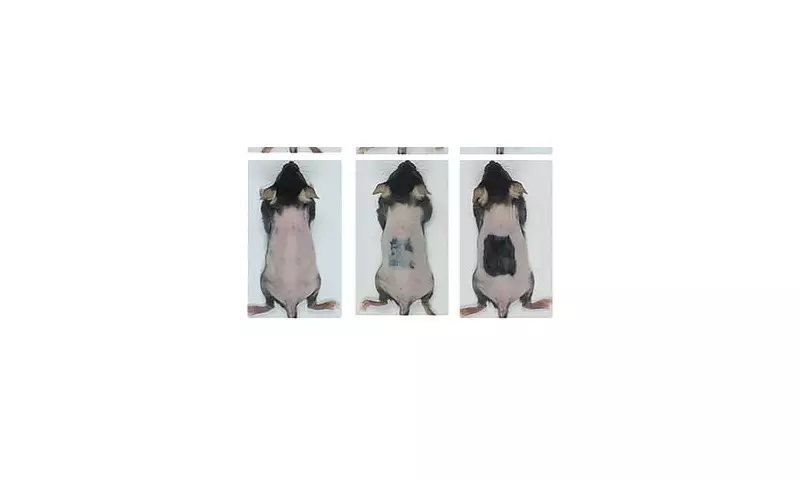
In a remarkable scientific achievement that could transform the lives of millions, researchers have successfully reversed hair loss in laboratory mice, triggering complete fur regrowth in just three weeks.
The Discovery That Could End Baldness
Scientists have identified two crucial biological components that work together to stimulate hair growth. The research focused on the KROX20 protein, which activates hair follicle stem cells, and the SCUBE3 signalling molecule that directs these cells to produce new hair.
What makes this breakthrough particularly exciting is the speed of results – mice that had been genetically engineered to develop hair loss showed significant regrowth within 20 days of receiving a single treatment.
How the Treatment Works
The revolutionary approach involves:
- Targeting dormant hair follicle stem cells
- Activating the KROX20 protein switch
- Using SCUBE3 to signal hair production
- Creating new hair growth cycles
Beyond Cosmetic Solutions
Lead researcher Dr Maksim Plikus, a professor of developmental and cell biology at the University of California, Irvine, emphasised the significance of their findings: "Our work shows that stimulating these cells with SCUBE3 can effectively encourage new hair growth."
The treatment represents a fundamental shift from current hair loss solutions that primarily focus on slowing hair loss rather than regenerating new growth.
Human Trials on the Horizon
While the research has so far been conducted on mice, the scientists are optimistic about human applications. The team has already filed preliminary patent applications and is planning clinical trials to test the safety and effectiveness of SCUBE3-based treatments in humans.
This discovery could potentially help the estimated 80 million people in the United States alone who experience male or female pattern baldness, as well as individuals suffering from hair loss due to medical conditions, stress, or ageing.
The research, published in the journal Developmental Cell, marks one of the most promising developments in hair restoration science in decades, offering genuine hope that a permanent solution to baldness may be within reach.





